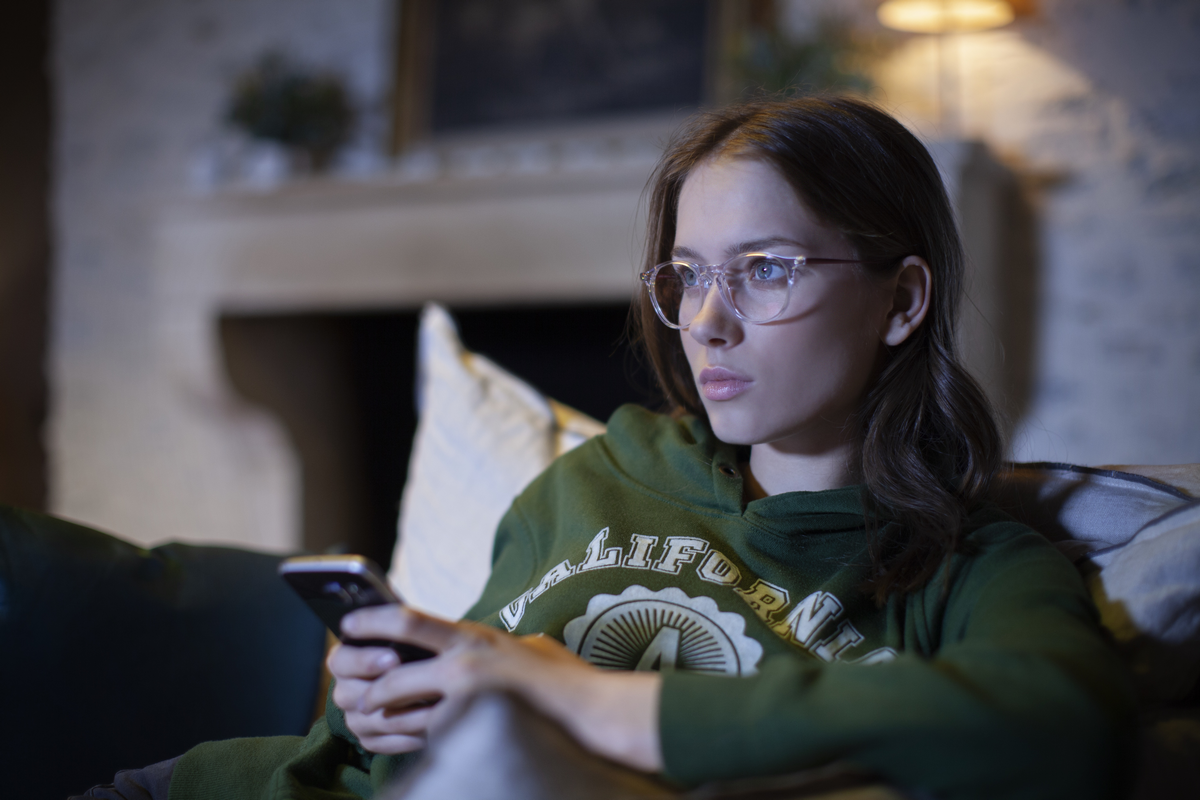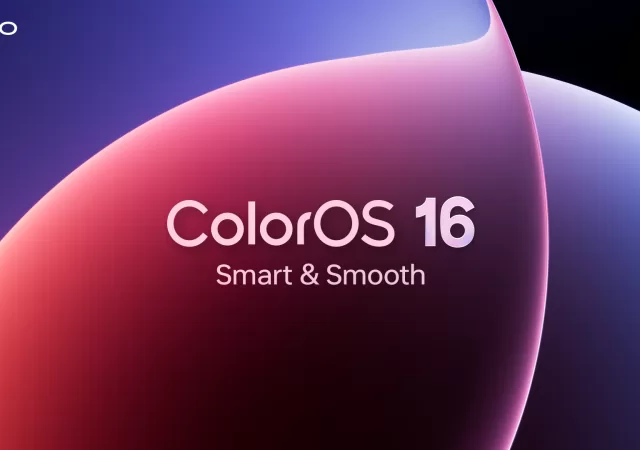Screen time, eye fatigue and eye strain are phrases that are becoming increasingly common nowadays; more-so since the COVID-19 pandemic has forced many of us to work remotely. The increased screen time has cause many of us to feel the effects of eye fatigue and eye strain more intensely as we try to stay afloat during the pandemic.
Our eyes are something we commonly take for granted. However, they are one of our more important organs; particularly when it comes to navigating and contributing in the world we live in. You may be thinking, why is a tech website talking about our eye health? Well, the truth is, we should be talking about it more as we are, inevitably, interacting with technology on a daily basis.

So, let’s get down to it. Growing up, many of our parents and grandparents used to tell us to not sit too close to the TV. Back then, this was because the resolution of the idiot boxes were so low that going too close would cause eye strain. Nowadays, we’re interacting with screens at every corner from smartphones to laptops, to desktops, to televisions, and even billboards. These high-resolution screens aren’t as bad as the old televisions, but they pose an even challenge for our eyes; they are sharp, highly contrasted and bright. This combination produces an even more strenuous environment for our eyes. What’s more, we subject our eyes to these conditions for prolonged hours on a daily basis.
Dealing with Blue Light and Protecting Your Circadian Rhythm
Our eyes perceive light on a wide spectrum of light. That said, some portions of these spectra can influence other bodily functions; for example, the “blue light” spectrum which ranges from 410 – 430nm. This portion of the spectrum not only allows screens to be brighter but it also affects our circadian rhythm or sleep-wake cycle.
You may have read or heard a lot of people talking about the “harmful” affects of blue light; this is what they’re talking about. However, as Dr. Mike Varshavski points out in his YouTube video, the amount of blue light needed to adversely affect our circadian rhythm is huge. That said, we have to take into consideration the prolonged duration of exposure, especially if you’re working a desk job. So, what exactly happens? Well, as Dr Mike, aptly points out, blue light affects the production of melatonin, a hormone needed for sleep regulation. In fact, blue light down regulates or suppresses the production of melatonin which will make us feel more awake. To deal with this, a Harvard Medical study actually recommends reducing blue light exposure particularly before bed.

One way we can reduce blue light exposure is through the use of screens that are certified to have reduced emission of this spectrum – more commonly known as “eye comfort”. You can identify these screens by keeping a look out for certification by TÜV Rheinland. However, you give your eyes even more protection by using protective eye wear. You may think, “But… I don’t need spectacles.” . However, lenses like Essilor’s Crizal® line-up of lenses provide blue light protection for your eyes reducing eye strain. Essilor goes a step further to ensure that while they filter out harmful ultraviolet and blue light, their lenses with Crizal® technology still allow beneficial blue light to pass through. This helps minimise the effect on your sleep-wake cycle and also helps elevate mood.
That said, the best practice, in addition to using protective eye wear, would still be to reduce the time you expose yourself to screens all together. The Canadian Association of Optometrists recommends the 20/20/20 rule. The rule is pretty simple, for every 20 minutes you spend in front of a screen, you should look at something about 20 feet away for 20 seconds. This should not only reduce eye strain but help reduce your blue light exposure.
Reducing Eye Fatigue & Eye Strain
While it may seem like blue light is the one and only demon when it comes to protecting your eyes, the truth is that it’s not. We subject our eyes to a lot of strain over the course of our day. Think about it, your eyes are essentially muscles that are constantly contracting and relaxing on a constant basis to adapt to the ocular conditions so you can see. Even when you go to the gym, the repetitive movement of lifting weights causes fatigue, that is essentially what’s happening in your eyes.

This contraction and relaxation of your irises and ocular muscles is not something you can control. So, how can you be causing the strain? Well, for one, we’re constantly looking at things that are relatively close to our faces; monitors, smartphones and televisions are within 20 feet of our faces at any given time. In addition to proximity, these screens can have videos or pictures that have varying focal lengths or have items in them that require your eyes to refocus over and over and over again. This causes eye strain and fatigue. What’s more, when you go from looking at pictures or videos to reading, your eyes will need to readjust again. The same holds true when you’re driving.
Once again, the 20/20/20 rule is helpful here too. However, despite using these techniques, our eyes are still subject to quite a lot of strain. The best way to reduce the strain is to actually minimise our time doing activities that cause eye strain. However, in our modern world, we would be hard pressed to do so.
The question remains, how do we take better care? One way we can do it is to use eye wear with optimised lenses. While not all of us need to do so medically, wearing purpose-built eye wear is becoming increasingly common. Brands like MVMT and GUNNAR are some examples of these. Most of them use lenses like Essilor’s Eyezen™ or Crizal® which help reduce glare from bright screens and sources of light as well as reduce the need for your eyes to constantly correct its focus. The former is especially effective as it helps correct farsightedness and nearsightedness in a single lens. Transitions lenses help with glare particularly when moving between indoor and outdoor environments.
Generally, there is not much we can do to take better care of our eyes. But in the long run, small steps help preserve our ocular function and eyesight. Don’t wait until you need a pair of prescription glasses to take care of your eyes, take small steps including turning off screens 2 hours before sleep and following the 20/20/20 rule to help with ocular health. It’s something we need to start looking at everyday.






